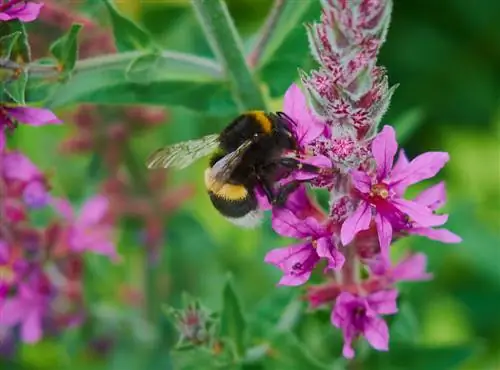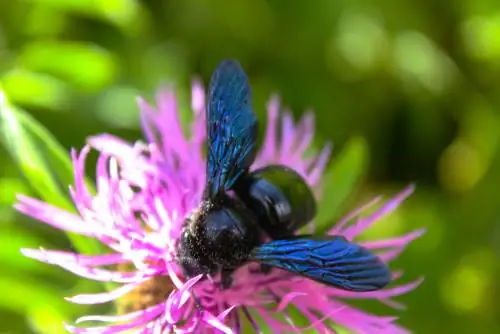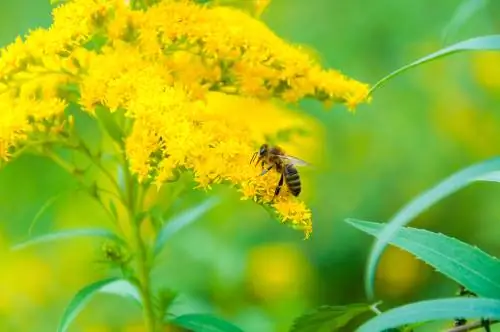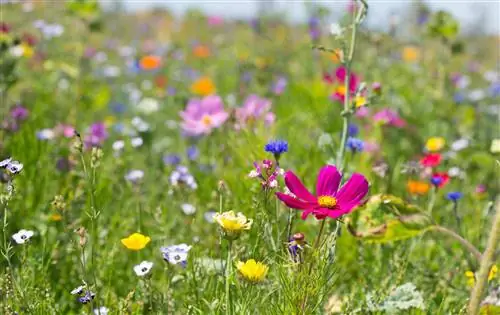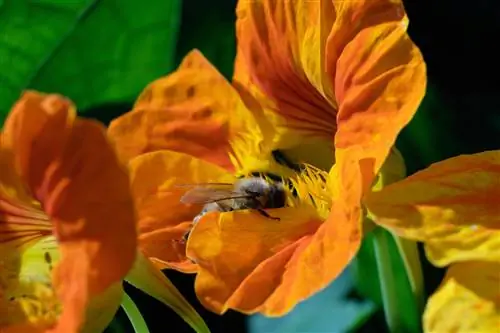- Author admin [email protected].
- Public 2024-01-05 20:48.
- Last modified 2025-01-23 11:22.
A purple loosestrife not only decorates your garden visually. It is also a small oasis for bees, bumblebees and butterflies. Find out here what makes the plant with its pink flowers so valuable to insects.

Why is purple loosestrife good for bees?
The purple loosestrife is valuable for bees because it is one of the most nectar-rich plants and produces two types of pollen. Regular watering and choosing a suitable location promotes the flow of nectar and thus actively supports insect protection.
Your contribution to insect protection
In recent years, the extinction of insects has fortunately attracted a lot of attention. After becoming aware of the consequences for the environment, more and more people are working to protect the species of useful animals. But how exactly can bees be helped?The great thing about saving insects is that people and animals benefit equally. While you decorate your garden with attractive flowering plants, you also provide bees with an important source of food. How about, for example, a bright pink loosestrife as an eye-catcher in your garden bed?
Tip
Everyone can get involved in protecting bees. Even if you don't have a garden, you have the opportunity to keep loosestrife on your balcony.
Special features of loosestrife
But not every blooming flower that gives the impression of a rich source of food serves as pasture for bees. New varieties in particular usually have double flowers that only provide a little nectar. The purple loosestrife is completely different, as it even produces two types of pollen. It is also one of the most nectar-rich flowers in the plant kingdom and can be easily cultivated in the home garden. In addition, many flowers provide large amounts of pollen and nectar, but wither after just a few weeks. Loosestrife, on the other hand, does not run out of resources so quickly. It has, so to speak, adapted to its task and is churning out nectar due to the frequent insect visits.
Important care measures
How much nectar your loosestrife produces ultimately depends on you. The plant places few demands on the location. However, watering is even more important. Without regular water, nectar production lags behind.

